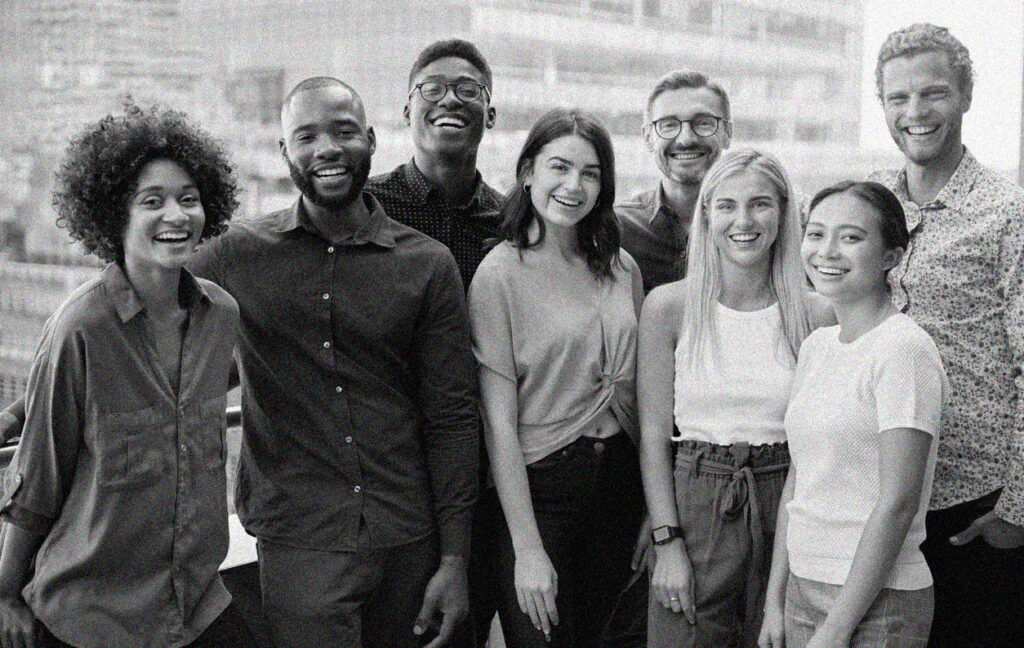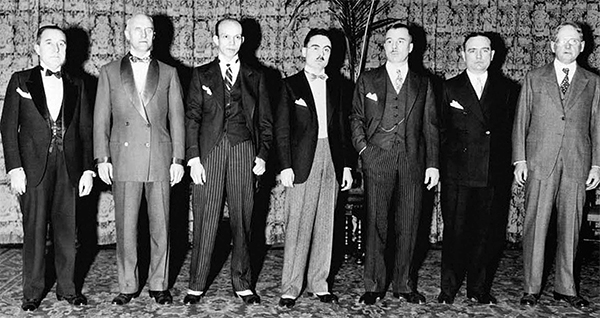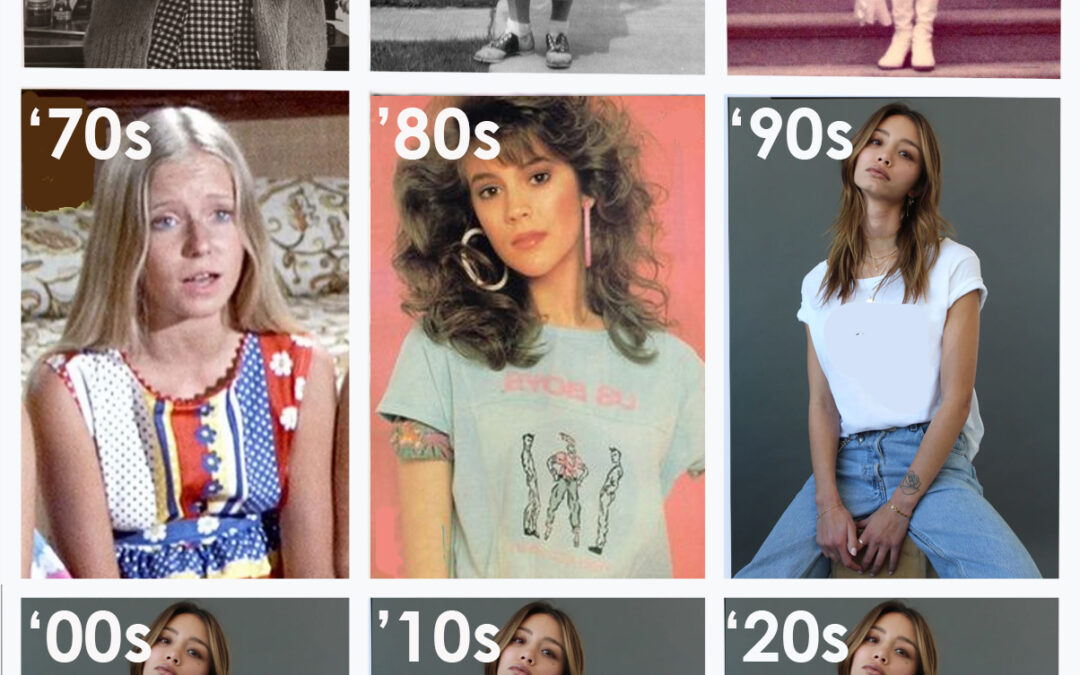Okay, this might be a bit of an exaggeration, but seriously…other than the missing cell phone attached to her head and maybe a nose ring on the last one, do the ’90s look particularly different from the 2020s? When I think of the ’40s to the ’80s, they all seem so distinct in many ways, including the look of them. Try giving ANY of the first five gals a time-traveling traveling pass to any of the other decades and she’d look really out of place. But watch Seinfeld or Frasier or Everyone Loves Raymond and you’ll see that most people in America look a lot like we did 30 years ago.
What we don’t do the same, as we look back in time, is how we listen. My 90s gal above had never put the three letters w-w-w together, let alone watched YouTube on 1.5x speed (yes, you can make YouTube talk faster), flipped to another video because the first one hadn’t gotten to a point in the first 20 seconds, or gotten an answer to a problem in seconds from someone in Slovenia.
Maybe it’s BECAUSE we can get data so fast now that we don’t stand for anything that doesn’t either inform us or entertain us immediately. You know those commercial videos that allow you to bypass them after 5 seconds, which we all do on 95% of them the moment the countdown hits zero? What’s different about the other 5%? They were smart enough to do something in those five seconds to make us linger a bit.
Dale Carnegie, arguably the founder of conveying improvement in modern speaking skills, was brilliant at knowing how to put together lectures and training materials that held his audiences. When he wrote Public Speaking: a Practical Course for Business Men, it was revolutionary for how to hold an audience’s attention. The issue is that he compiled that in 1926 and we’re in 2024. By no fault of Carnegie’s, we just think and listen differently 98 years later, yet many people are still working the same principles as if we were going to listen to a Victrola and perhaps President Hoover on the wireless afterward.
Before you scroll or read on, take a second to visualize an audience for a business speech in 1929.
Does it look like this:

Or, more realistically, like this:

Key differences:
1] All male
2] All white
3] Rare to have a younger person with a seat at the table
4] Every one of them wearing a tie, a.k.a.: The work noose
Even if we only focused on the first difference, men aren’t just socialized to listen differently (i.e., far, far, less), men’s brains are built in a dissimilar way for processing verbal sounds. Newborn girls can process and interpret sounds better than same-age boys, which is why baby girls typically recognize sounds like their mother’s voice sooner than baby boys do. What’s more, women have more nerve cells in the left half of the brain, the seat of our ability to process language. They also have a greater degree of connectivity between the two parts of the brain. Mind you, there’s no conclusive evidence that adult women can listen or comprehend better, but these are just two of many interesting facts (source) that point to how men and women listen differently. Add to the gender mix today other factors like age, culture, and societal changes and…well…it’s hard to count on 98-year-old advice.
The good news is that there are ways to connect to folks in the 2020s; the methods are just different. What we relate to, what holds our interest, how long we’ll listen, and more, can all be taken into account in preparing to speak. We can still educate, influence, and entertain our audiences (from 3 to 3000) to accomplish our intentions from the platform….or from desk chair in Zoom! It just takes more know-how, a little extra effort, a bit of chutzpah, and some different strategies than your bosses probably learned by watching their bosses who learned from watching their bosses, who learned from….
And a coach never hurts! 🙂

